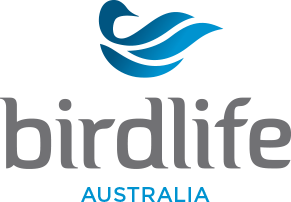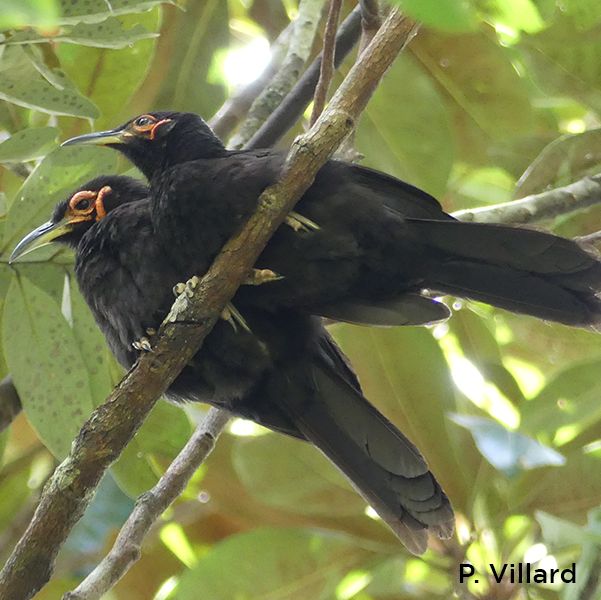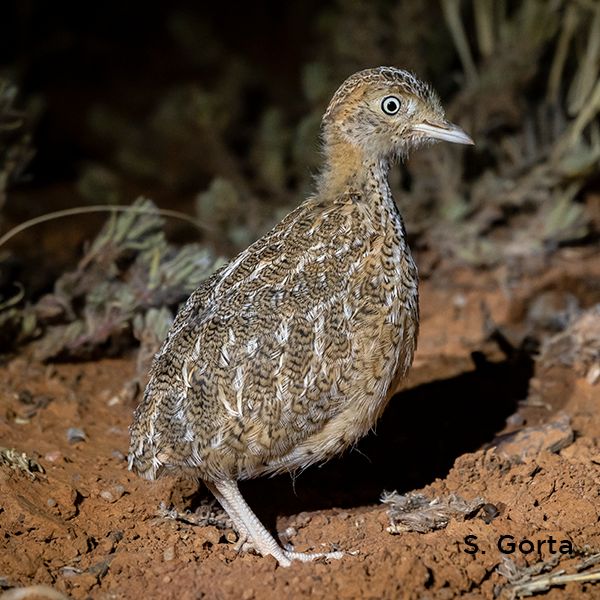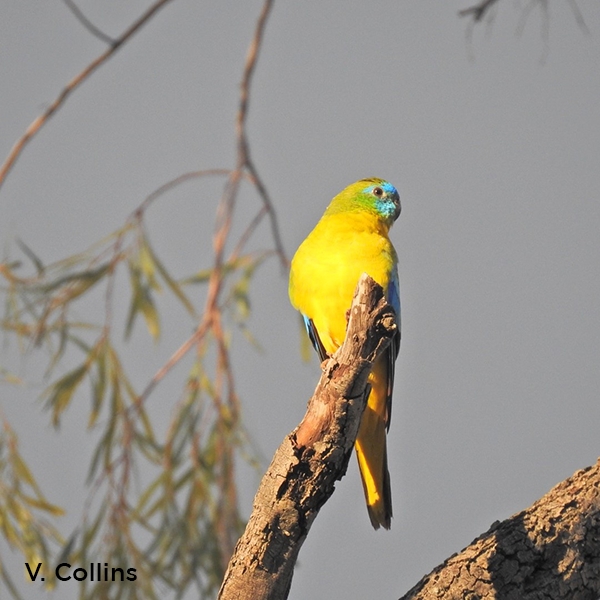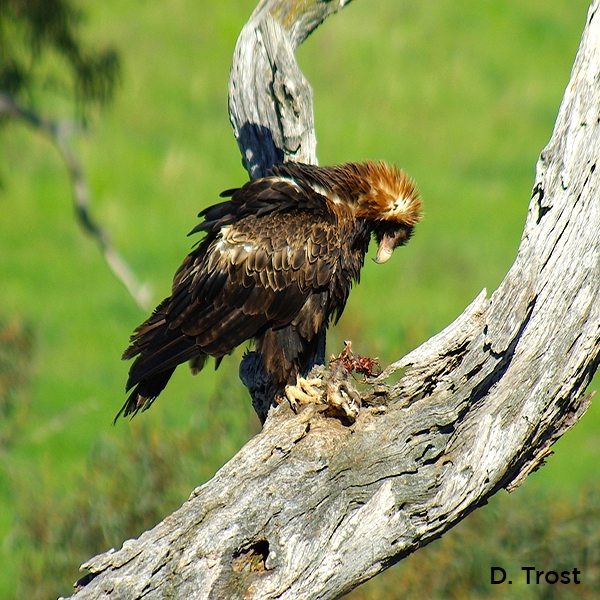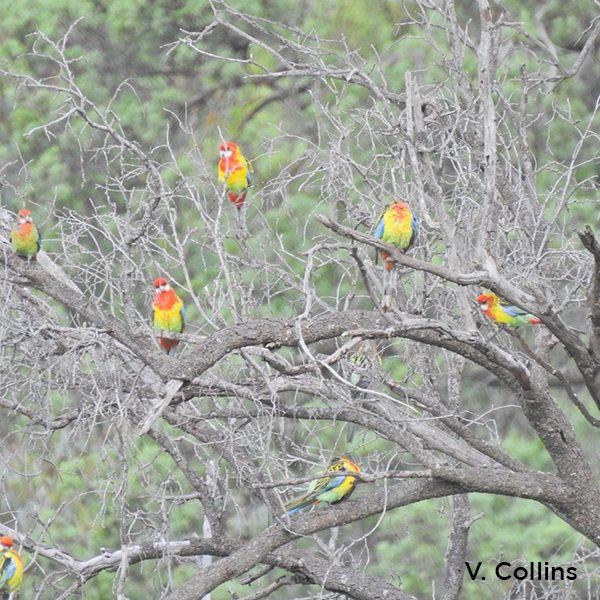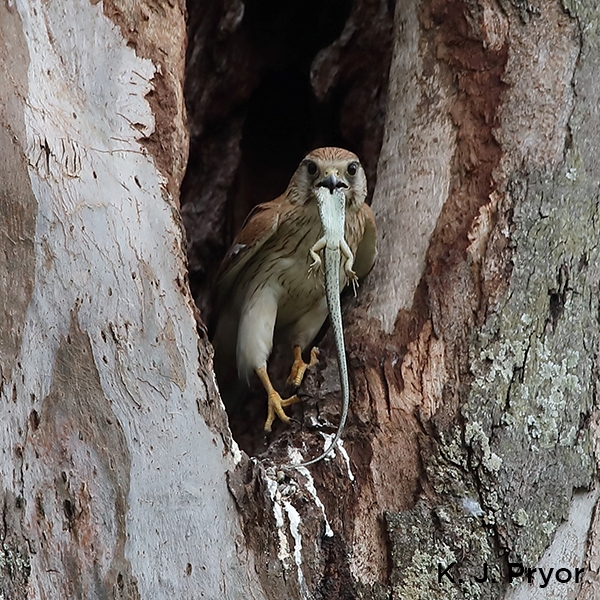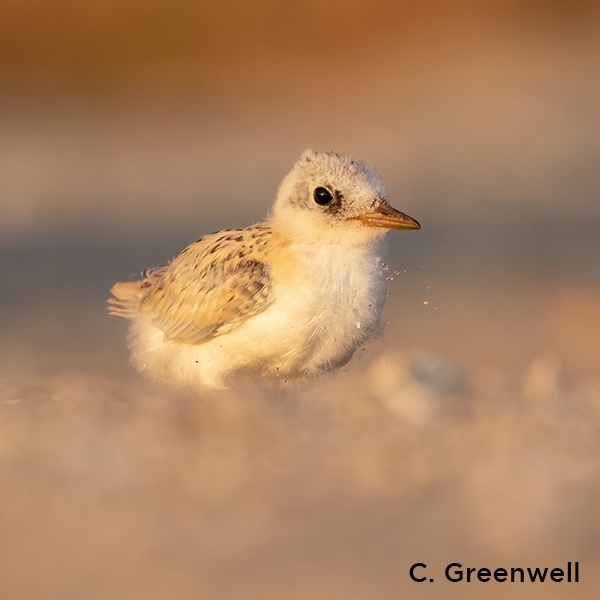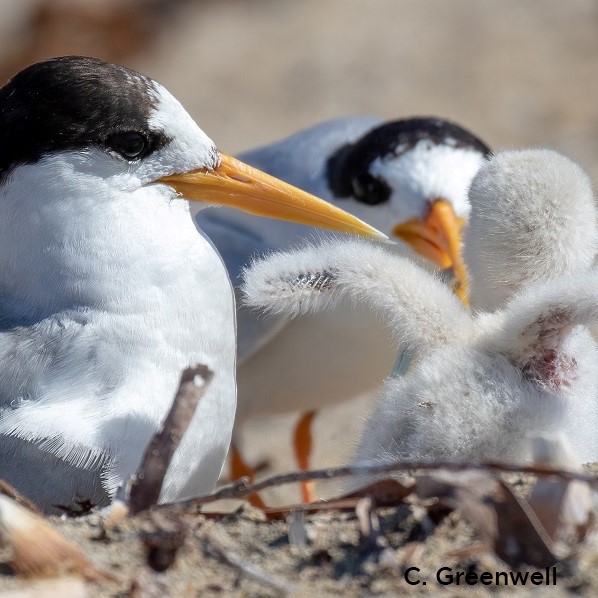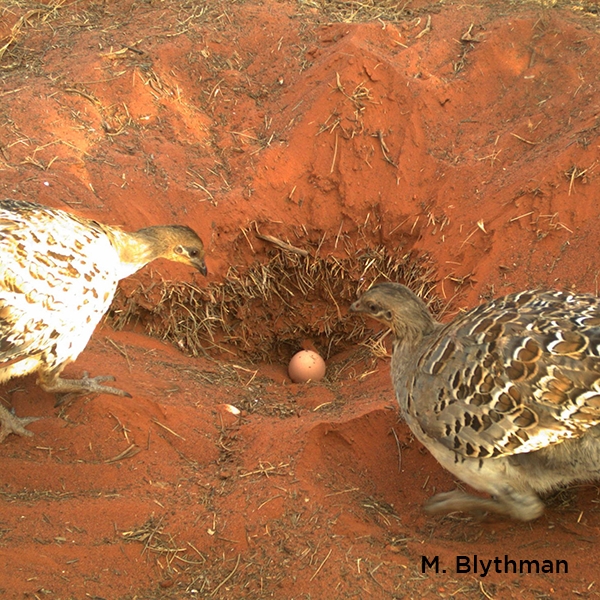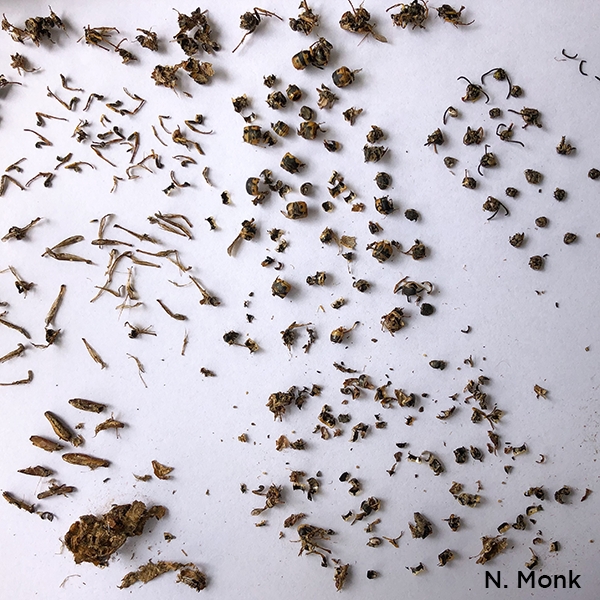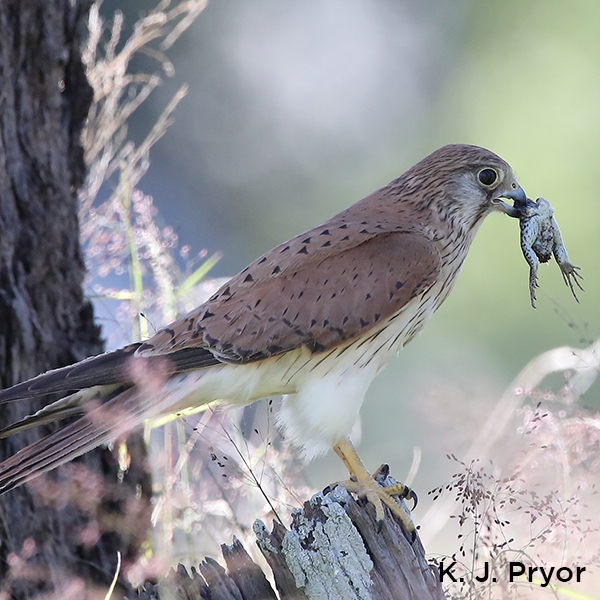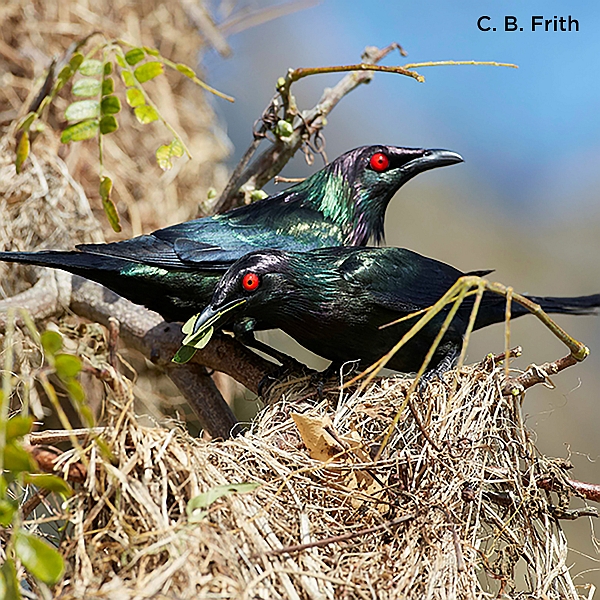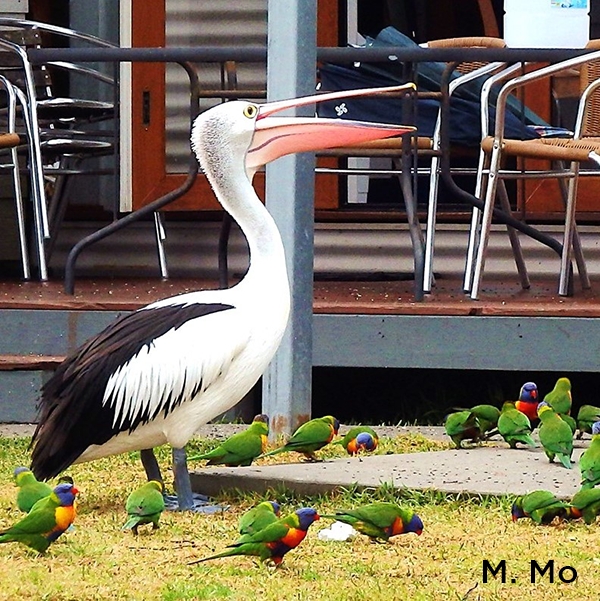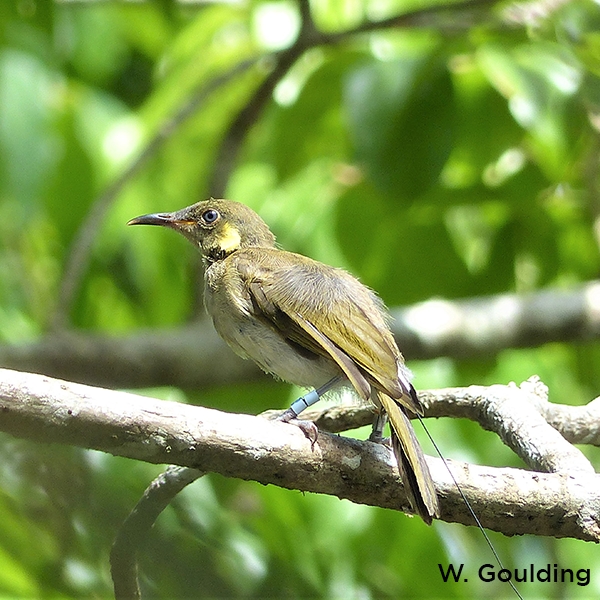Pre- and post-breeding roost flights of the Noisy Friarbird Philemon corniculatus: Observations from Canberra, Australian Capital Territory
Michael Lenz
Abstract
Noisy Friarbirds Philemon corniculatus in Canberra, Australian Capital Territory, use communal roosts before and after the breeding season. It seems to be a basic trait of at least part of the population in south-eastern Australia. The flightpath of Friarbirds from a population in northern Canberra and the behaviour of the birds while travelling to and from the roost are described. Noisy Friarbirds may travel twice a day up to 30 km. Counts of Noisy Friarbirds over several years from different points along their route are presented. The Friarbirds cease to use a roost once breeding starts but resume the visits with their young when these are mobile enough to travel. Compared with other local bird species using communal roosts, Noisy Friarbirds arrived at the roost early, and movement was largely completed around 2 hours before sunset. The behaviour of the species can explain why there are few records of roost flight previously. Noisy Friarbirds tend to fly within tree cover and survey their surroundings carefully before crossing wider open spaces. They travel quickly and rather quietly as singles or in small groups. Small numbers of birds on the move several hours (up to five) before sunset would not be associated with being already on their way to a roost. Detecting such movement requires the observer to be stationary for long periods at a point where birds have to cross a gap and can be counted.
